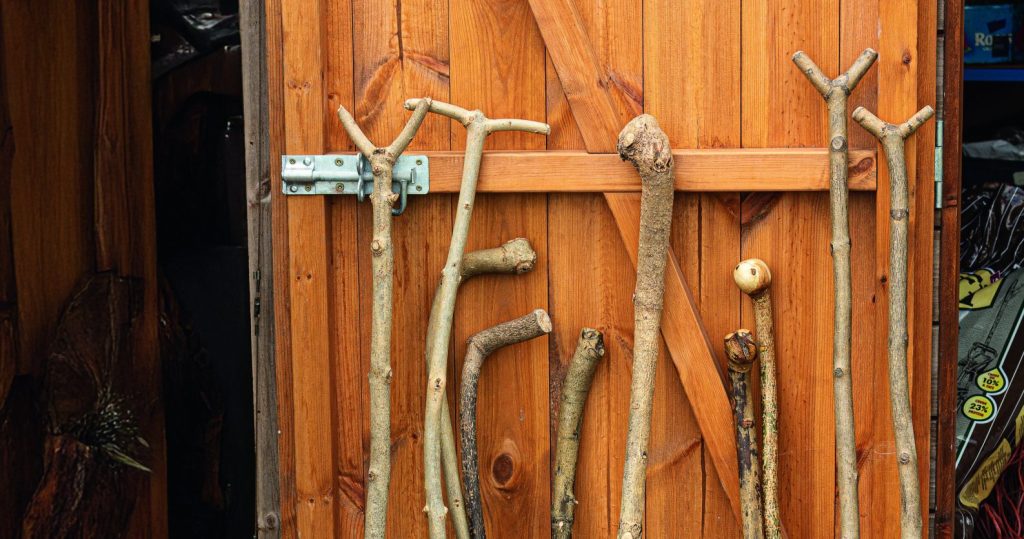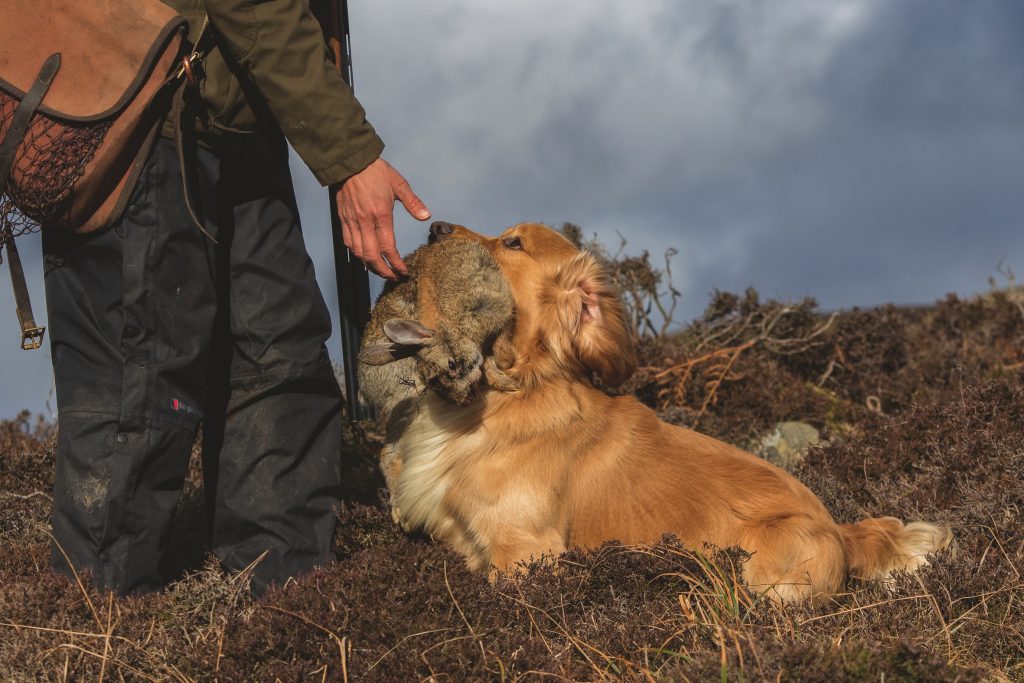Win CENS ProFlex DX5 earplugs worth £1,149 – enter here
Which are the best cartridges for vermin?
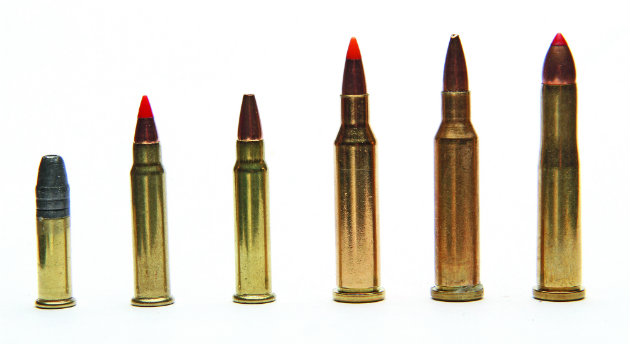
When it comes to vermin cartridges, there is little doubt that the .22LR is at the top of the list. It can be used on all small species and has good accuracy, low noise and recoil, with enough energy to get the job done. The .22LR was later upgraded to the .22WMR (Winchester Magnum Rimfire), which increased the .22LR standard velocity from 1,100fps to 1,900fps with a 40-gr bullet.
The .22WMR never really caught on, probably owing to the lack of high-quality ammunition. But one improvement that has succeeded in a big way — both here and in the US, where it was invented — is the .17HMR (Hornady Magnum Rimfire) round. This cartridge, based on a necked-down .22WMR, has proved hugely popular as an accurate, fast-expanding round with a flat trajectory. But things never stay the same, and the .17HMR in its turn was improved upon, hence the new .17 Hornet round.
This was actually an improved .22 Hornet centrefire round (unlike the rimfire round of the .17HMR), making it capable of being reloaded to much greater velocities. The problem is, with so much choice of calibres for the would-be vermin shooter, which to choose? Here’s a guide to ballistics from the .17HMR and .17 Hornet with the .22LR round and .22 Hornet rounds as a comparison to give a practical look at downrange performance with regard to velocity, energy, wind drift and penetration in ballistic wax.
Range of choice
The .22LR Eley subsonic load shoots a 40-gr hollow-point lead bullet at 1,055fps for 99ft/lb energy and is almost silent on firing when a sound moderator is fitted. At the other end is the .22 Hornet round, which shoots a 35-gr bullet at about 3,100fps for 747ft/lb energy for a competent longer- range vermin round. But which .17 cal vermin cartridge do you go for — the .17HMR or .17 Hornet?
To test the real difference, I shot two different loads from each .17 cartridge type and bullet weights to show downrange ballistics and penetration in wax. I also used a trajectory chart to check advantages in bullet drop and wind drift at range.
The data for the Eley .22LR subs and .22 Hornet is from previous tests for comparison with the .17HMR round being tested with a 17-gr V-Max load, the standard HMR round that travels at 2,565fps for 248ft/lb energy. For a heavier load, I chose the 20-gr CCI GamePoint, which has more controlled expansion and is better for tougher vermin. It starts off at 2,394fps with 255ft/lb energy. The .17HMR is a rimfire round and, as such, cannot be reloaded, and so you have only factory rounds to choose from.
In contrast, the .17 Hornet cartridge is a centrefire round and can be reloaded, which is part of its appeal — you can load rounds to suit you, your rifle and whatever you are shooting. It also has a much larger case, so has an overall higher velocity.
I had factory 200-gr V-Max loads of 3,601fps for 576ft/lb energy, and reloaded some heavier 25-gr Hornady hollow point bullets to 3,211fps and 573ft/lb energy.
I shot them over a chronograph to gain data from the muzzle and then entered the data into the QuickLoad Ballistics program to determine downrange performance. I also shot both the .17HMR and .17 Hornet loads into ballistic wax to compare the performance on target of the two calibres.
Rifles used were the Ruger M77/17 Hornet and Ruger Custom 17HMR; I also used a Savage Model 25 for some fox control.

The bullets on test were (pictured from left): .22LR subsonic, 17HMR17-gr-V-Max, 17HMR 20-gr GamePoint, 17 Hornet 20gr V-Max, 17 Hornet 25-gr Hornady and .22 Hornet
 Field results
Field results
I have owned an original .17 Hornet Ackley Improved, the forerunner of the Hornady .17 Hornet round, for more than 15 years and I love it. I believe both to be eminently suited to British vermin, because they offer flat-shooting, accurate and hard- hitting loads that can be be reloaded to your spec. Trouble is, the .17 Hornet is more expensive to shoot than an HMR, and there are fewer rifles chambered in this round to choose from, so it remains more an enthusiast’s rifle. The .17HMR rimfire has a niche in the British market because of its inherent accuracy and more than enough power for normal ranges; it also appeals to people who do not intend to reload. It’s quieter and more rifles are chambered in it, with more factory loads too, and it shoots flat compared with a .22LR. That’s a shame, because the extra oomph of the .17 Hornet makes it a deadlier fox round, when a .17HMR can be marginal at extended ranges.
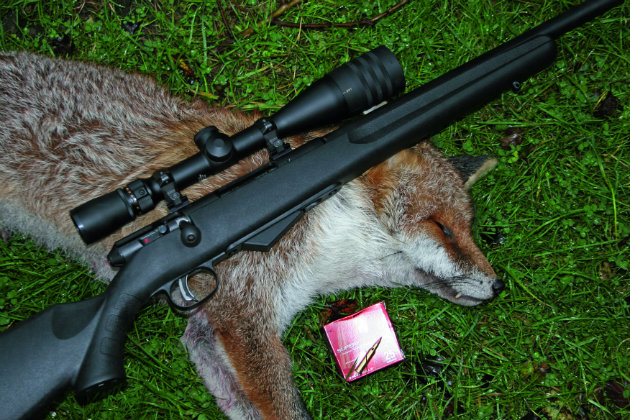
Bruce used a Savage Model 25 with .17 Hornet cartridge and Hornady 20-gr V-Max for foxes
Most vermin is shot at less than 100 yards, so the .22LR is still popular. The .17HMR flattens the trajectory and, when zeroed at 100 yards, has an almost flat trajectory out to this range. However,
it’s for head shots only — otherwise meat damage occurs if you’re shooting with the aim of eating that plump little rabbit.
Both .17s, however, are safe, as the .17 bullets are more frangible than any .22LR lead bullet. If you shoot more past 100 yards — for example, foxes or crows at longer range — the .17 Hornet comes into its own with better downrange ballistics for a surer shot and deadlier results.
Consider the .17HMR trajectory for a 17-gr V-Max bullet. It starts out at 2,555fps, whereas the Hornet 20-gr V-Max starts at 3,600fps — this is a 1,045fps advantage but with five grains more powder as a propellant. At 100 yards, the .17HMR drops to 1,940fps, while the .17 Hornet is 3,026fps. At the 200-yard mark, the difference is even more noticeable — 1,395fps for the HMR and 2,501fps for the Hornet.
Out to 100 yards trajectory there is not much in it, but after that the faster .17 Hornet shows its advantage, with the .17HMR round dropping -8.5in against the .17 Hornet’s -1.9in drop at 200 yards.
More important is wind drift. This will cause a miss at range and it does not matter how good the cartridge is if you cannot read the wind. Again, the .17 Hornet has a good ability to buck the wind compared with the .17HMR, unsurprisingly. With a constant 10mph wind at 90° to the shot, your 17-gr V-Max bullet drifts -8.3in compared with the .17 Hornet 20-gr V-Max’s drift of just -5.8in.
On penetration, the difference between the two .17 rounds is marked. The .17HMR 17-gr V-Max load penetrated 5.75in and is explosive, whereas the 20-gr GamePoint bullet retains its form and penetrated 8in. This was further validated by the fact that only 9.8-gr of the fired bullet in the V-Max was recovered, while the 20-gr bullet retained all its weight at 20.2-gr. However, actual wound channels were similar in volume, with the V-Max volume at 68ml and all within the first 3.5in of penetration, while the 20-gr GamePoint distributed its 51ml wound capacity over a longer, more slender length. Thus, for feathered vermin or rabbits the V-Max is good, while the GamePoint works on foxes.
Now look at the .17 Hornet loads. First, there was a massive increase in wound- channel volume. Velocity here makes a big difference. The 20-gr V-Max bullet and 25-gr Hornady hollow point were quite similar. Penetration was nearly the same with both, 4.5in and 5in respectively, with wound-channel width at a maximum of 3.5in and 2.75in.
The wound-channel volume was similar at 264ml for the 20-gr V-Max and 251ml for the 25-gr Hornady, though more of the 25-gr bullet remained at 9.1-gr, as opposed to the 2.2 grains from the 20-gr V-Max but both were shrapnel.
The difference in volumes between the Hornet and HMR bullets is amazing. That’s where the extra performance shows, nearly quadruple the size and all energy dumped within 5in of penetration.
The .17HMR is your best bet for shorter-range vermin, but for people like me, who like to reload and just enjoy the performance, even with factory ammunition, the .17 Hornet is a realistic longer-range vermin tool that delivers great performance downrange.
I wish the industry would produce a factory .20HMR and .20 Hornet, because this would blend heavier, more streamlined bullets (ie, those with a higher ballistic coefficient). But we should not forget the venerable old .22LR, which is the number-one vermin tool, or the old .22 Hornet, which still has a sting in its tail.

The .17 Hornet’s extra oomph makes it a deadlier fox round, while a .17HMR struggles at extended ranges
Related Articles
Get the latest news delivered direct to your door
Subscribe to Shooting Times & Country
Discover the ultimate companion for field sports enthusiasts with Shooting Times & Country Magazine, the UK’s leading weekly publication that has been at the forefront of shooting culture since 1882. Subscribers gain access to expert tips, comprehensive gear reviews, seasonal advice and a vibrant community of like-minded shooters.
Save on shop price when you subscribe with weekly issues featuring in-depth articles on gundog training, exclusive member offers and access to the digital back issue library. A Shooting Times & Country subscription is more than a magazine, don’t just read about the countryside; immerse yourself in its most authoritative and engaging publication.






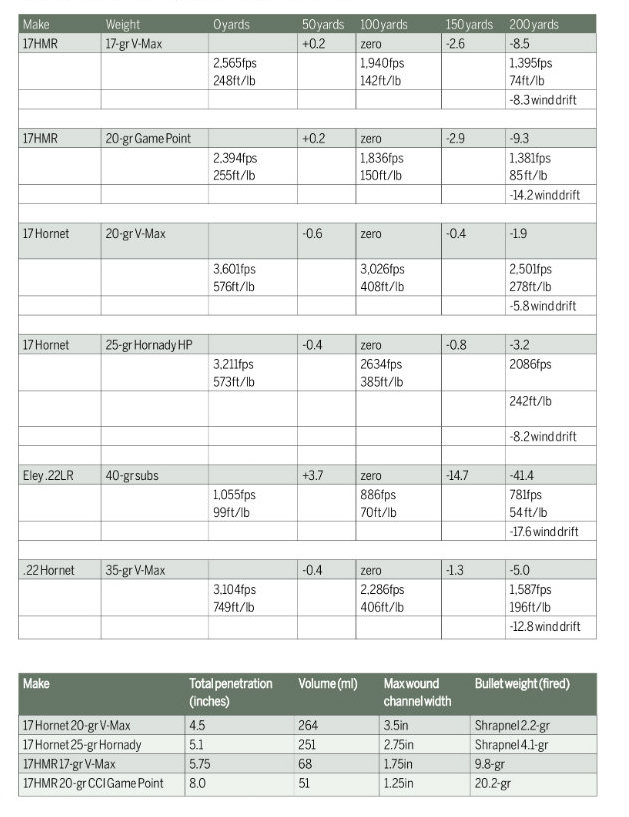 Field results
Field results